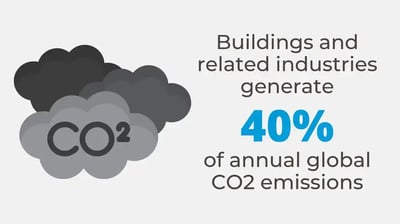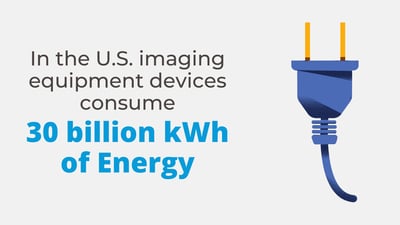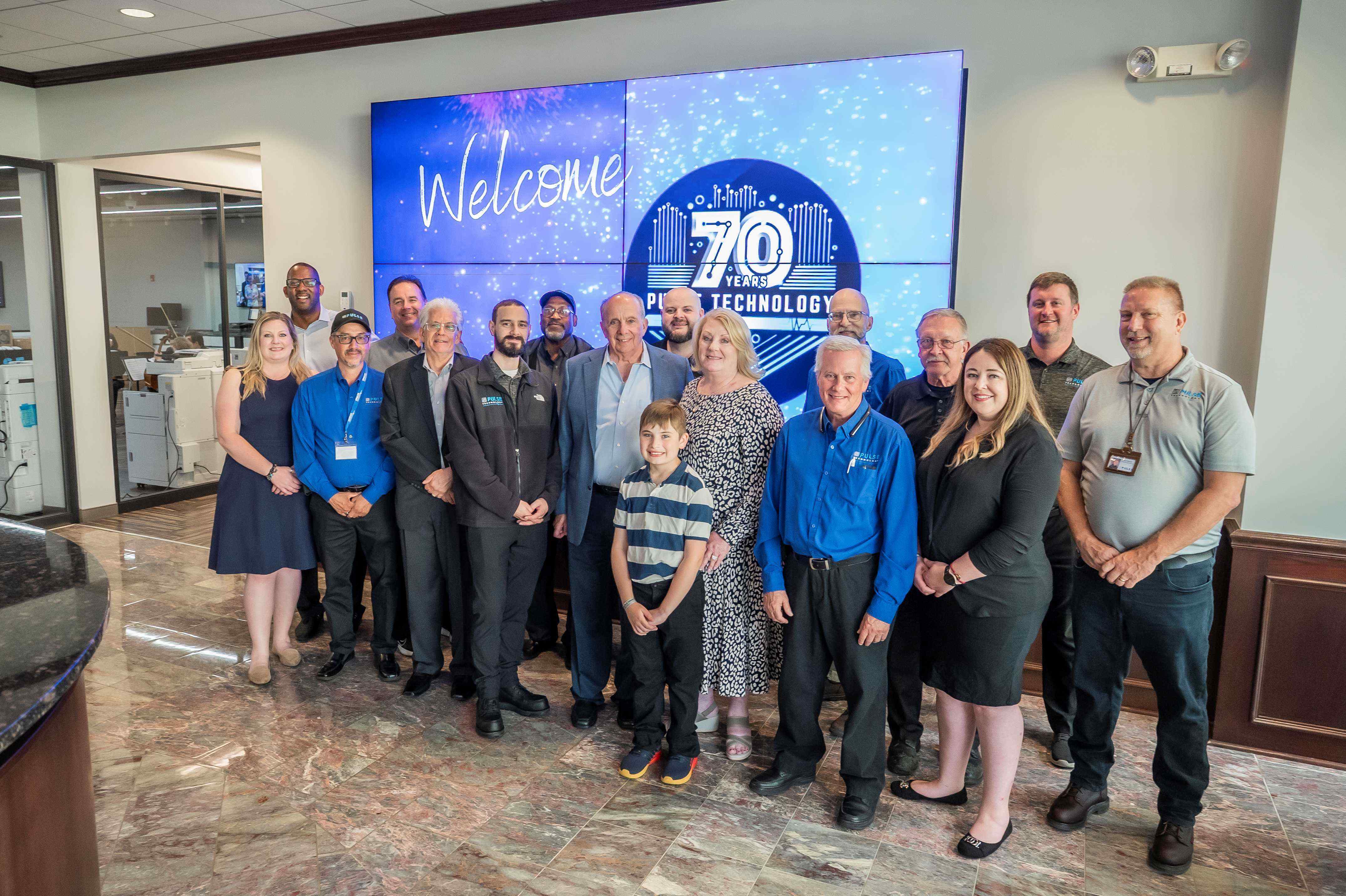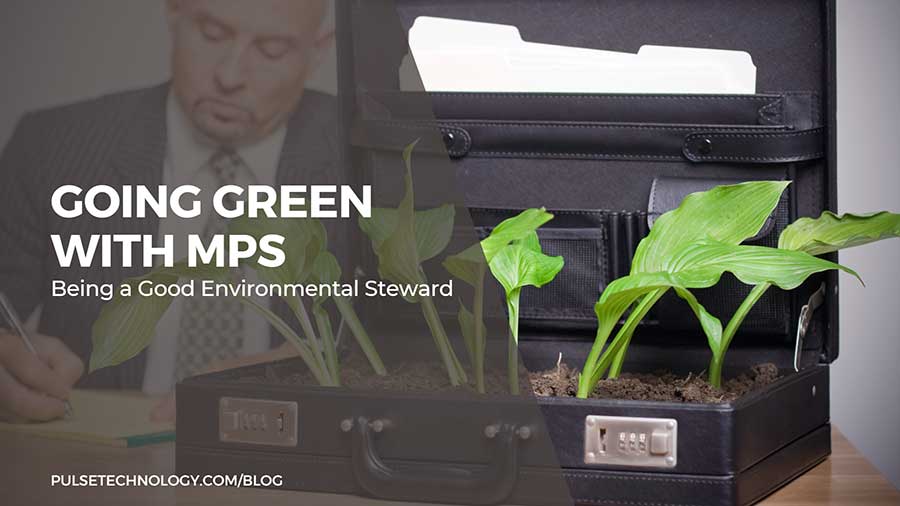Heat-free technology is a game-changer in saving the environment!
As Earth Week approaches and we continue striving toward a cleaner environment, it’s a fitting time to discuss an emerging technology solution in the document-generation industry that is poised to make a big difference in energy conservation.
An article from the non-profit organization Architecture 2030 illustrates the overall need for greater conservation. Its research shows that the total “built environment,” meaning buildings and related industries, generates 40% of annual global CO2 emissions. Other studies show similar results, with most agreeing that more than a third of CO2 emissions come from buildings, directly or indirectly.
When evaluating where and how to reduce emissions from buildings, what may come to mind first would be improvements in space heating and cooling systems, water heating, cooking appliances, electronics and lighting.
What might not immediately be apparent, though, are the printing devices contained within those buildings: copiers, printing machines, multi-function printers and other document-generating devices. Advancements in technology are helping reduce overall emissions from these machines.
And this is a significant area to look for energy savings. A U.C. Berkeley report states that 500 million documents are produced in the U.S. each year on copiers. And if you include printers, and all multi-function machines the number rises into the trillions.
That’s a considerable amount of time (and energy consumption) for these printing machines to be in operation (not to mention that it’s lots of paper!). Within the area of document generation, there is definitely room for more environmentally friendly practices.
One promising new technology created by global technology company Epson is called PrecisionCore. It’s a heat-free, high-density print chip which will be a difference-maker in conservation measures. This heat-free technology printing method eliminates the need for printers to warm up before being placed in service. This innovation alone means that far less energy is being used -- and there is the added “efficiency bonus” of documents printing more quickly.
This heat-free technology printing method eliminates the need for printers to warm up before being placed in service.
In the United States, imaging equipment devices consume 30 billion kWh of energy, and contribute to the 375 million empty ink and toner cartridges that end up in landfills each year.
With the emergence of heat-free printing technology, this is a game-changer. It far surpasses laser print technology in its ability to reduce a company’s CO2 impact.
Here’s how. Laser printing, fairly common in the market, requires heating of the toner drum to enable printing. Epson printers with PrecisionCore heatfree technology do not require any heat to print, so there’s no warm-up time. This helps to reduce total energy consumption as compared to the laser printers.
While most energy expended by office printers is consumed during active printing, devices can waste a significant amount during warmup and while in standby mode.
The Epson WorkForce Enterprise WF-C20590 A3 Color Multifunction Network Printer, as one example within this group, provides breakthrough speed with brilliant-quality output, all while using up to 85% less energy than top-selling color laser office printers.
As previously mentioned, the difference between laser printing and the heat free technology is significant. Office lasers deposit toner, a polyester-based powder that’s electrostatically charged by an image drum. Once heated through a fuser unit, the toner melts to the paper, and any excess toner moves to a waste toner cartridge. By contrast, Epson Business Inkjet Printers simplify printing by sending paper through a print head that precisely deposits fine, fast-drying droplets of ink at a rate of 50,000 times a second per nozzle.
The Epson products do not need to heat ink, fuse the ink, and there is no image drum to replace. Additionally, the high-yield ink cartridges reduce the number of consumables needed to print.
This new breed of Workforce printers can print up to 50,000 color pages and 100,000 black pages, all with a replacement high-capacity ink cartridge set. With efficient printers, there is less paper waste.
There are other features that help in conservation also, including double-sided printing features, which cuts paper usage by up to 50 percent. There are also software solutions available that help cut paper usage further by a number of methods, including reducing unauthorized printing, optimizing document workflow and other means..jpg?width=400&height=225&name=Sustainability%20Tip%20(2240%20%C3%97%201260%20px).jpg)
All of this means that heat-free technology is a great advancement in the ongoing quest to promote greater conservation and sustainability. To learn more, please contact us at info@pulsetechnology.com or give us a call at (888) 357-4277. We look forward to hearing from you!





